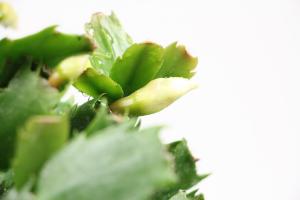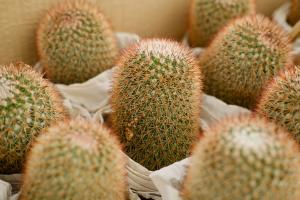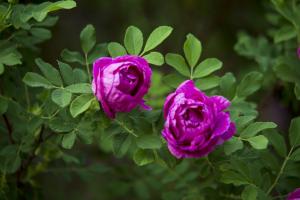When to Plant Grass Seed in Wisconsin
Wisconsin is home to a variety of grass species, each with different growing patterns and requirements. Planting grass at the right time is crucial to ensure successful germination and growth. In this article, we will discuss when to plant grass seed in Wisconsin and some key factors to consider.
Preparing the Soil
Before planting grass seed, it's important to prepare the soil properly. Wisconsin soils vary from sandy to clay-based, and it's essential to loosen the soil to a depth of 4 to 6 inches before planting. This can be done using a rototiller or a garden fork. In addition, it's recommended to add organic matter, such as compost or peat moss, to improve the soil's nutrient content and water retention.
Cool-Season Grasses
In Wisconsin, cool-season grasses such as Kentucky bluegrass, fine fescue, and perennial ryegrass are the most common choices for lawns. These grasses thrive in cooler temperatures and typically germinate in 10-14 days when soil temperatures are between 50 and 65掳F. Late summer to early fall is the ideal time to plant cool-season grasses in Wisconsin as the cooler temperatures and increased rainfall provide optimal growing conditions.
Warm-Season Grasses
Warm-season grasses such as Bermudagrass and Zoysia grass are not as commonly used in Wisconsin due to the climate's colder temperatures. These grasses require soil temperatures of 70 to 80掳F to germinate, which typically occurs in late spring to early summer. If you choose to plant warm-season grasses in Wisconsin, you should do so in the late spring to ensure adequate time for growth before the first frost.
Factors to Consider
In addition to the type of grass, there are other factors to consider when determining the best time to plant grass seed in Wisconsin. These include:
- Soil Moisture: Soil moisture is critical to successful seed germination. Planting grass when soil moisture is low can result in poor germination rates or uneven growth.
- Sun Exposure: The amount of sunlight your lawn receives will impact grass growth. Consider planting grass in areas that receive at least six hours of sunlight per day.
- Frost Dates: Last frost dates vary across Wisconsin and impact the timing for planting grass seed. Consider your location's frost dates when planning your lawn care.
Conclusion
Planting grass seed at the right time is crucial for a beautiful and healthy lawn in Wisconsin. It's important to prepare the soil properly, choose the right type of grass, and consider various factors such as soil moisture and sun exposure when planting. Whether you opt for cool-season grasses in the fall or warm-season grasses in late spring, the key is to create ideal growing conditions for successful germination and growth.

 how many times do yo...
how many times do yo... how many planted tre...
how many planted tre... how many pine trees ...
how many pine trees ... how many pecan trees...
how many pecan trees... how many plants comp...
how many plants comp... how many plants can ...
how many plants can ... how many plants and ...
how many plants and ... how many pepper plan...
how many pepper plan...

































